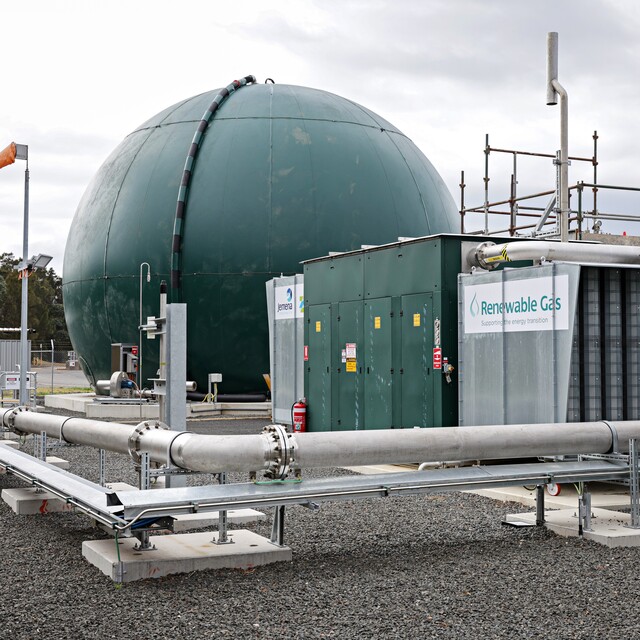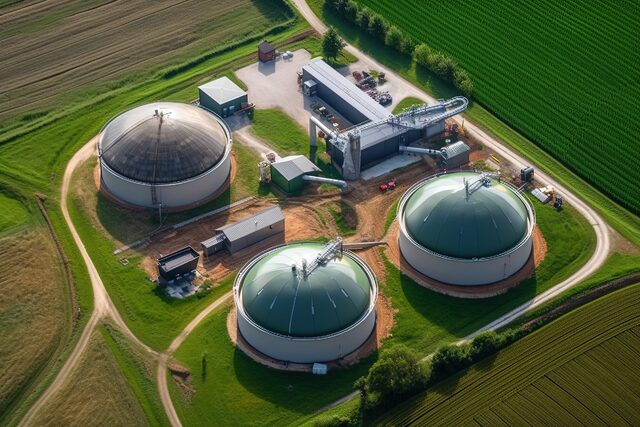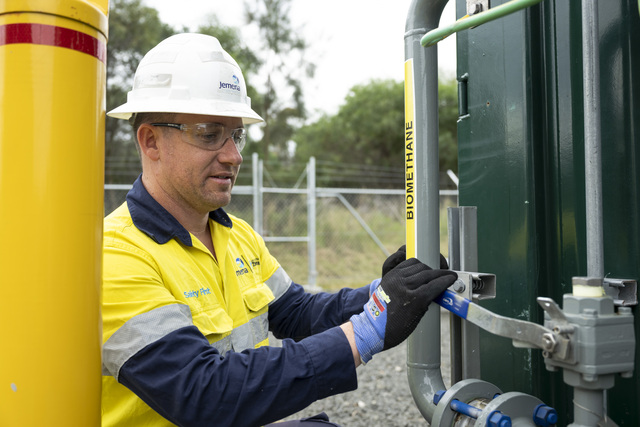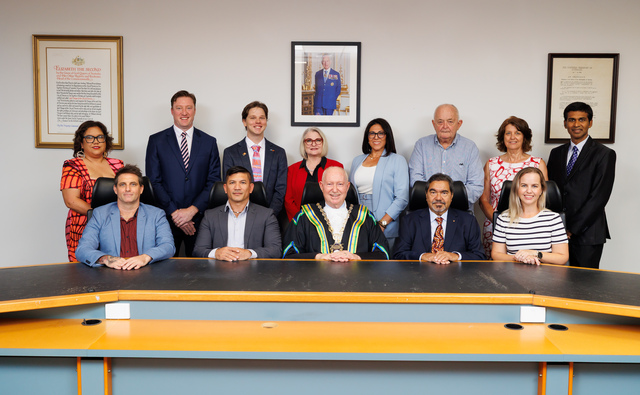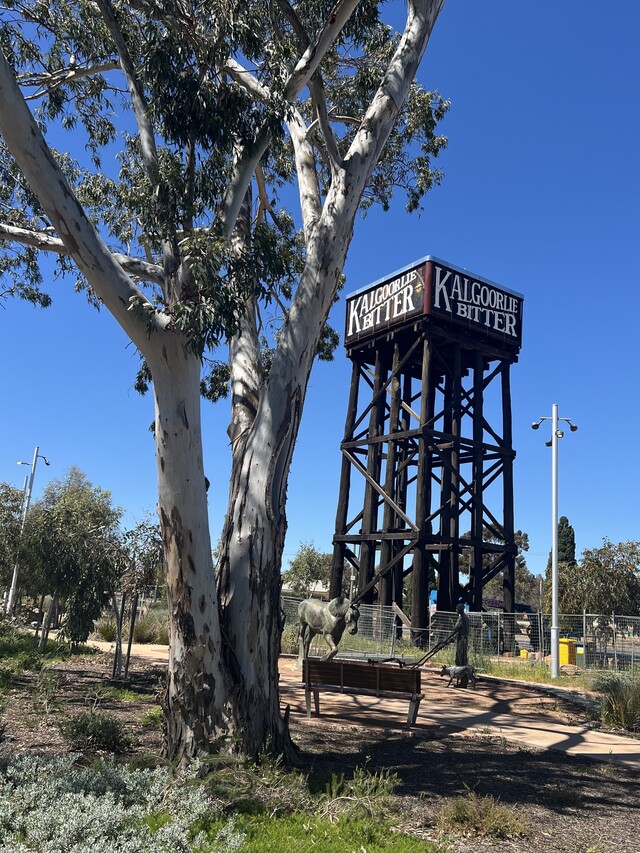Australia’s burgeoning renewable gas sector has taken another step forward with more biomethane slated to enter the New South Wales gas network in the coming decade thanks to a new Memorandum of Understanding (MOU) between leading energy infrastructure company Jemena and Gwydir Circular Economy (GCE).
Of the MOU, Jemena’s Managing Director, David Gillespie, said: “This MOU builds on a range of biomethane projects Jemena is supporting and will see us work with GCE to understand the technical requirements associated with injecting significant volumes of biomethane into the New South Wales gas network.”
“We know that many industries, especially those that need high heat for their processes, depend on gas to operate. These sectors produce essential everyday items like windows, bricks, fertilisers, and medicines and their operations cannot be readily electrified. Once delivered, this partnership will enable these businesses to reduce their carbon emissions while continuing to operate.
“Biomethane has the same chemical qualities as natural gas which means it is compatible with all existing gas network infrastructure and industrial equipment, as well as gas appliances used in homes and businesses,” said Mr Gillespie.
GCE to develop a Circular Economy Precinct
Separate to the MOU, GCE proposes to develop multiple biogas plants which will utilise existing agricultural waste to produce biomethane. The first plant will be part of a new circular economy precinct which will be developed in Warialda, in central northwest New South Wales. Should GCE deliver its full pipeline of biomethane projects, it is estimated that it could produce up to 20PJs of biomethane each year – enough to meet the equivalent energy needs of over 250,000 homes.
GCE’s acting CEO Ken Davey said the development of the GCE Precinct represents a significant economic opportunity for regional NSW.
“GCE will collaborate with global experts in biogas and bioenergy to bring innovative technologies to the region and establish world’s-best-practice, industrial-scale circular economy projects,” he said.
“One of our key deliverables is to inject 20PJs per year of gas-grid quality biomethane into Jemena’s New South Wales gas network by December 2035.
“Developing a circular economy precinct in areas like Warialda means we are not only creating a renewable energy future but delivering jobs into regional and remote communities where they are needed most.”
The first GCE Precinct is slated to be located on a 70ha site two kilometres north of Warialda. The plant will utilise organic matter derived from a multigrain alcohol plant, also located in the precinct, to create biogas which will be upgraded to produce biomethane.
Building an Australian biomethane sector
Jemena’s collaboration with GCE follows several other MOUs between Jemena and businesses including Optimal Renewable Energy, Valorify, and Sojitz. The MOUs will assess the feasibility of injecting biomethane produced by each business into the New South Wales gas distribution network. These collaborations could, in time, produce enough biomethane to meet the energy requirements of more than half of our current industrial customers.
Although biomethane production is still an emerging industry in Australia, it is already demonstrating the benefits of a circular economy on the global stage. Denmark aims for 100 per cent biomethane injection by 2030, while Ireland plans to transport 100 per cent renewable gas through its network by 2045.
Australia’s Bioenergy Roadmap, produced by the Australian Renewable Energy Agency (ARENA), found that Australia’s biomethane sector could contribute to around $10 billion in extra GDP per annum, reduce carbon emissions by about 9 per cent, and create over 26,000 new jobs.
For more information about renewable gas visit: www.jemena.com.au/future-gas
At a glance
• Jemena signs a Memorandum of Understanding with Gwydir Circular Economy Ltd. to assess the viability of injecting additional biomethane into the New South Wales gas network.
• A new circular economy precinct – to be developed by GCE – is expected to create strong employment opportunities in central northwest New South Wales.
• Collectively GCE’s projects could produce 20PJs of biomethane annually, enough to meet the energy needs of over 250,000 homes.

